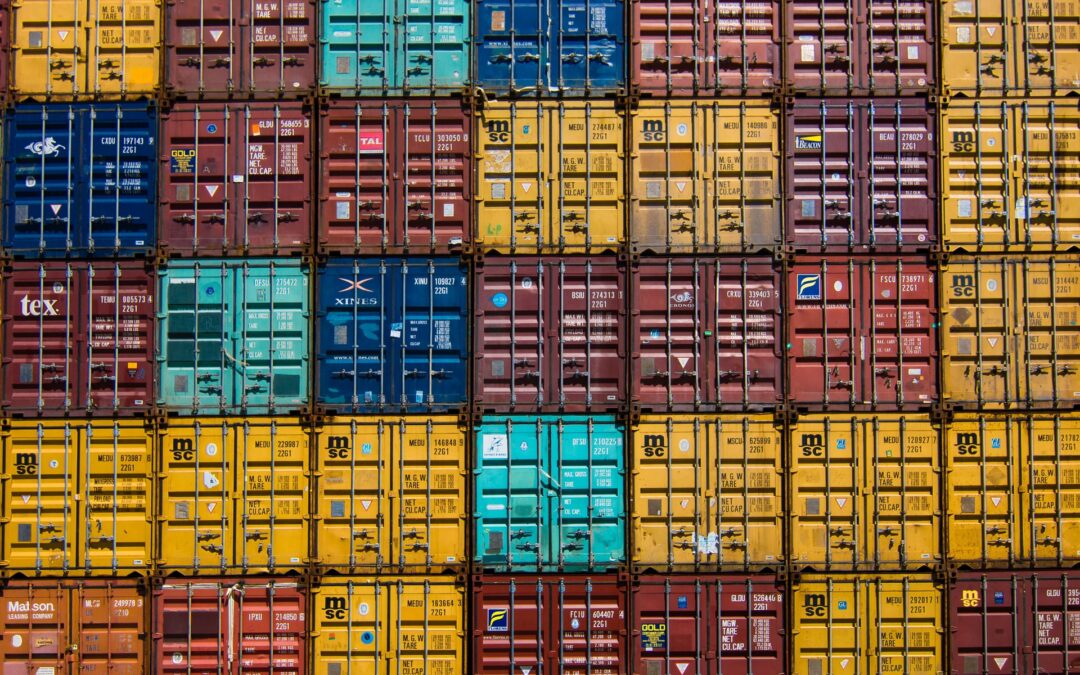Compare and Contrast: How Artificial Intelligence is Being Applied to Healthcare and Transportation Industries
In hospitals across the US and Canada, frontline workers had a helping hand from artificial intelligence (AI) to provide better patient care. Can the transportation industry’s drivers deliver ideal customer service using AI, too?
The future of innovation is possible with AI is huge and has begun already to shift the prototype in multiple industries. Transportation is one of them—and healthcare is another.
In healthcare, AI algorithms are used to create models that can diagnose patients and assess their risk for disease, predict the spread of diseases like COVID-19 and accelerate the discovery of new drugs. Has the healthcare industry ignited a trail for transportation?
Safe, Secure Data Sharing
AI methods like machine learning and deep learning are commonly used to create predictive models. Generating these models is only the first step. Training them to be an accurate is another.
To do the latter requires data—and lots of it.
In both transportation and healthcare there is huge amount of data available as well as sensitivities around what can be shared. Limitations imposed by regulators and companies to protect intellectual property have for years undermine efforts to use AI effectively. But in recent years, healthcare organizations have rallied to find ways to overcome this challenge—and the transportation industry has the potential to do the same.
The US Department of Energy project known as PALSAIDE-X is one example of a cross-collaborative effort to simultaneously protect data and enable AI within healthcare. In the project, researchers within DOE national laboratories and the National Institutes of Health, are teaming up to enable a secure form of federated learning—a subset of machine learning where multiple entities or organizations collaboratively train a machine-learning model.
In the PALSAIDE-X project, researchers are set to develop a framework that enables combined learning while at the same time keeping the data used to train models securely. Delivering on this promise would open the gateway for multiple organizations to create more healthy models without putting sensitive data, like patient health information, at risk of exposure.
“Seeing other highly regulated industries like healthcare move towards more collaborative ways of thinking should inspire the transportation industry to do the same.
Frontline Jobs: Safer and Efficient
In the same way data can empower drivers to make better decisions, it can also help frontline healthcare workers make more informed decisions about patient care. AI tools can also make workers’ jobs easier by taking over repetitive tasks, which in turn could aid in attracting and retaining talent within healthcare, a field that—similar to transportation—is projected to have a shortfall of workers.
Many health providers are integrating AI into their daily work to get diagnosis and treatment insights from clinical data, conduct quality reporting and prevent administrative or prescription errors. And through AI-powered chatbots, healthcare workers now have help with coordinating and scheduling medical appointments. All the while, tech companies are exploring ways for AI to assist physicians in surgical care. Collectively these efforts have the potential to help minimize patient risk, increase safety and make healthcare delivery safer and more efficient.
Just as healthcare providers use AI to support their workers, transportation and logistics companies can leverage AI to empower their driver by delivering more customized training and coaching.
Applying Artificial Intelligence to Transportation
Today, using data of the onboard camera and computer, safety departments coach drivers on performance, but this usually happens once a year and doing this for thousands of drivers is a challenge.
“Coaching should happen more often and there’s a potential to use AI to help coach drivers more frequently, and even in real-time. Down the line, this could improve both fleet efficiency and safety.
Coupled with human involvement to increase results, coaching could be adapted to each driver by analyzing video and telematics data to identify both good and bad behaviors. AI models could additionally be leveraged to help operators anticipate which drivers are at a higher risk of having accidents.
Beyond the potential to impact driver training, AI can also be leveraged to dynamically optimize routes, vehicles and loads to ensure the greatest possible productivity and to make fleets more efficient.

